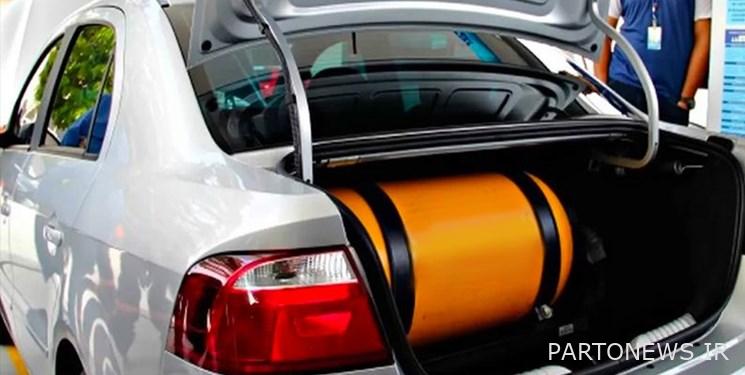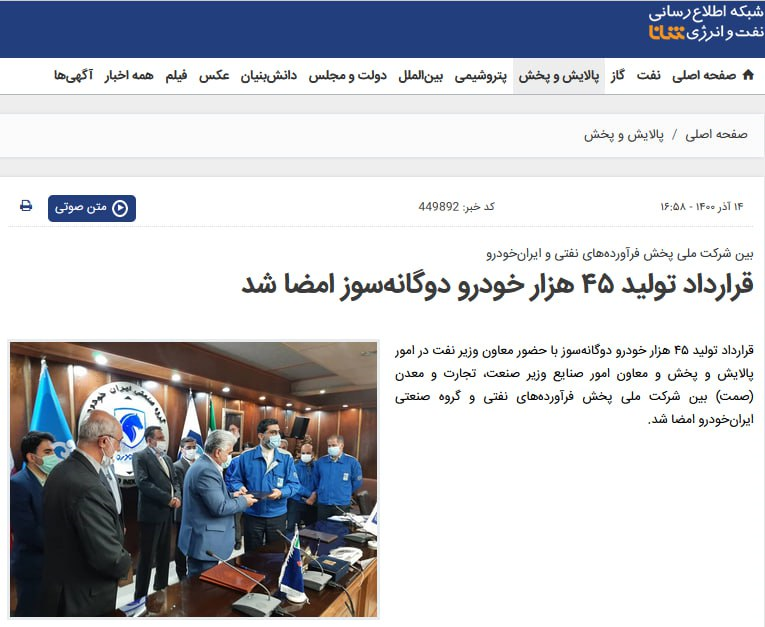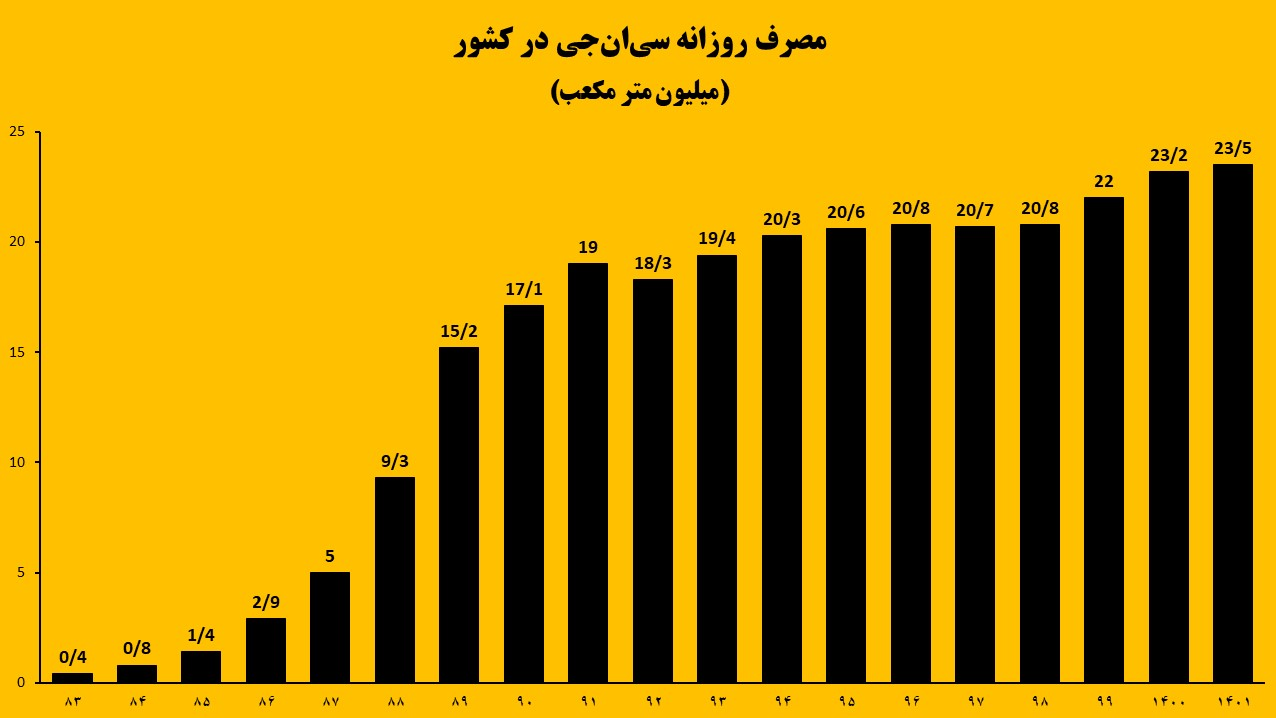A narrative of a 2 billion dollar annual non-profit / What happened to the factory production of dual fuel cars

According to the economic correspondent of Fars News Agency, according to the latest statistics of the National Oil Products Distribution Company, the average consumption of gasoline in the country has reached more than 103.5 million liters per day, which is almost equal to the amount of gasoline production and the country is on the verge of approaching the holidays. Nowrozi has put the gasoline level on the verge of becoming negative.
Figure 1 shows the amount of gasoline production and consumption, which has almost broken even, and almost all experts and media activists believe that Iran will become an importer of gasoline next year.
Picture 1
In the meantime, there are several solutions to control the negative level of gasoline:
- Consumption control through gasoline price modification: This solution is currently out of priority due to social and security sensitivities.
- Construction of a refinery and increase in gasoline production: The implementation of this solution is time-consuming and it will be operational in at least the next 5-6 years.
- Optimizing consumption in Iranian cars: Currently, the average consumption of gasoline in Iranian cars is at least 2 times the world standard, but the situation of the Iranian automobile industry is such that it is not possible to make quick conclusions.
- Development of alternative fuels such as CNG: It seems that the only available and quick solution to prevent the gasoline balance from becoming negative is to support the development of CNG in the country’s fuel basket and replace it with gasoline.
* What happened to the factory production of dual-fuel cars?
In this regard, at the end of 1998, the members of the Economic Council of the Government Board approved the request of the Ministry of Oil to support the production and conversion of one million and 464 thousand gasoline-powered CNG-fueled taxis, vans, vans, and personal passenger cars. The conversion was done “free” for priority cars.
Although the workshop conversion of this decree went at a good speed at first, no progress has been made in the factory production of CNG vehicles.
In December 1400, for the first time, a contract for the production of 45,000 dual-fuel vehicles was signed between the National Oil Products Distribution Company and Iran Khodro Industrial Group, of which 40,000 will be taxis and 5,000 will be vans (picture 2).
The equivalent of the oil ministry’s payment to the automobile company will be 505 dollars for the production of each dual-fuel van and 425 dollars for the production of each dual-fuel taxi, and the production conditions are based on the 4th and 5th generations.

Picture 2
But now, after more than a year and two months have passed since the conclusion of this contract, there is still no news about the factory production of CNG cars by Iran Khodro, while this contract was supposed to be completed in 8 months.
In this way, the most accessible and most effective solution to prevent the negative balance of gasoline has also reached a dead end, and it is still not clear what is the reason for the non-progress of fuel consumption optimization projects, including the development of CNG in the 13th government?
* Annual loss of $2 billion from backlog of CNG development program
Figure 3 shows the consumption of CNG in the fuel basket in different years. According to the plan of the Supreme Energy Council, there is currently a backlog of 10 million cubic meters per year in the development of CNG in cars.

Picture 3
According to the calculations, if according to the plan of the Supreme Energy Council, CNG would be developed in the fuel basket and replace gasoline. The government could earn 2 billion dollars a year by exporting gasoline, but now, due to the lack of attention to the development of this clean fuel, this income generation has entered the country in the form of non-profit.
end of message/
You can edit this article
Suggest this article for the first page

